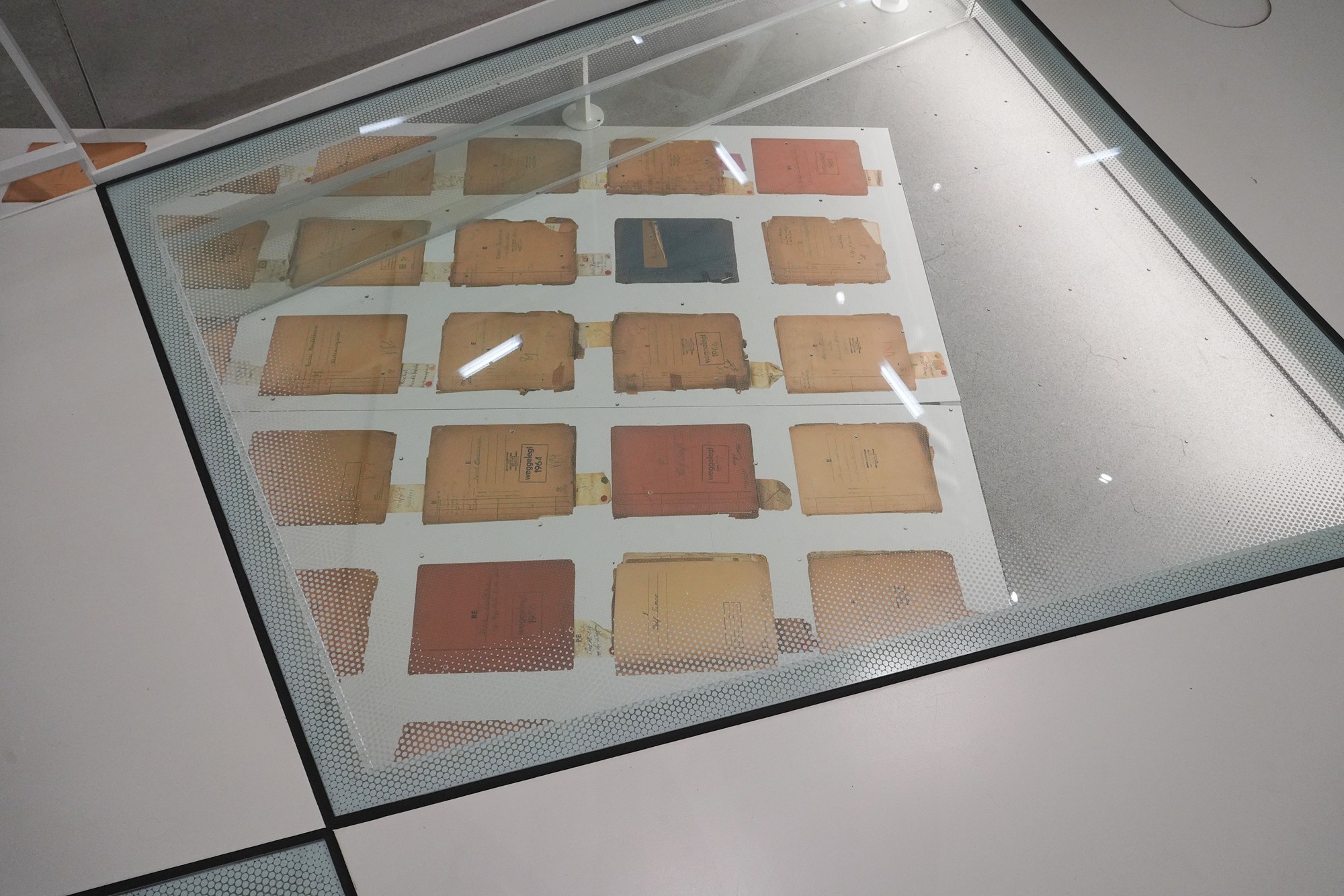Topography of Terror, Checkpoint Charlie and Jewish Museum Berlin, Germany
The Topography of Terror is a documentation center that is dedicated to the terror committed by the Nazi regime during its reign from 1933 to 1945. The Jewish Museum Berlin is explores the history, culture, and experiences of Jews in Germany. 929
Checkpoint Charlie: Friedrichstraße 43-45, 10117 Berlin, Germany
Jewish Museum Berlin: Lindenstraße 9-14, 10969 Berlin, Germany
Date Picture Taken: June, 2024
The Topography of Terror museum is located on the grounds where the headquarters of the Gestapo (Secret State Police), SS, and Reich Security Main Office were once situated.
These institutions were central to the planning and execution of many of the Nazi regime’s most horrific crimes, including the Holocaust, persecution of political enemies, and the enforcement of Nazi policies.



Visitors can walk through the remains of the former Gestapo and SS headquarters, which are marked by information panels explaining their historical significance. A large section of the Berlin Wall also runs along the site, providing a visual connection to Germany’s more recent history.

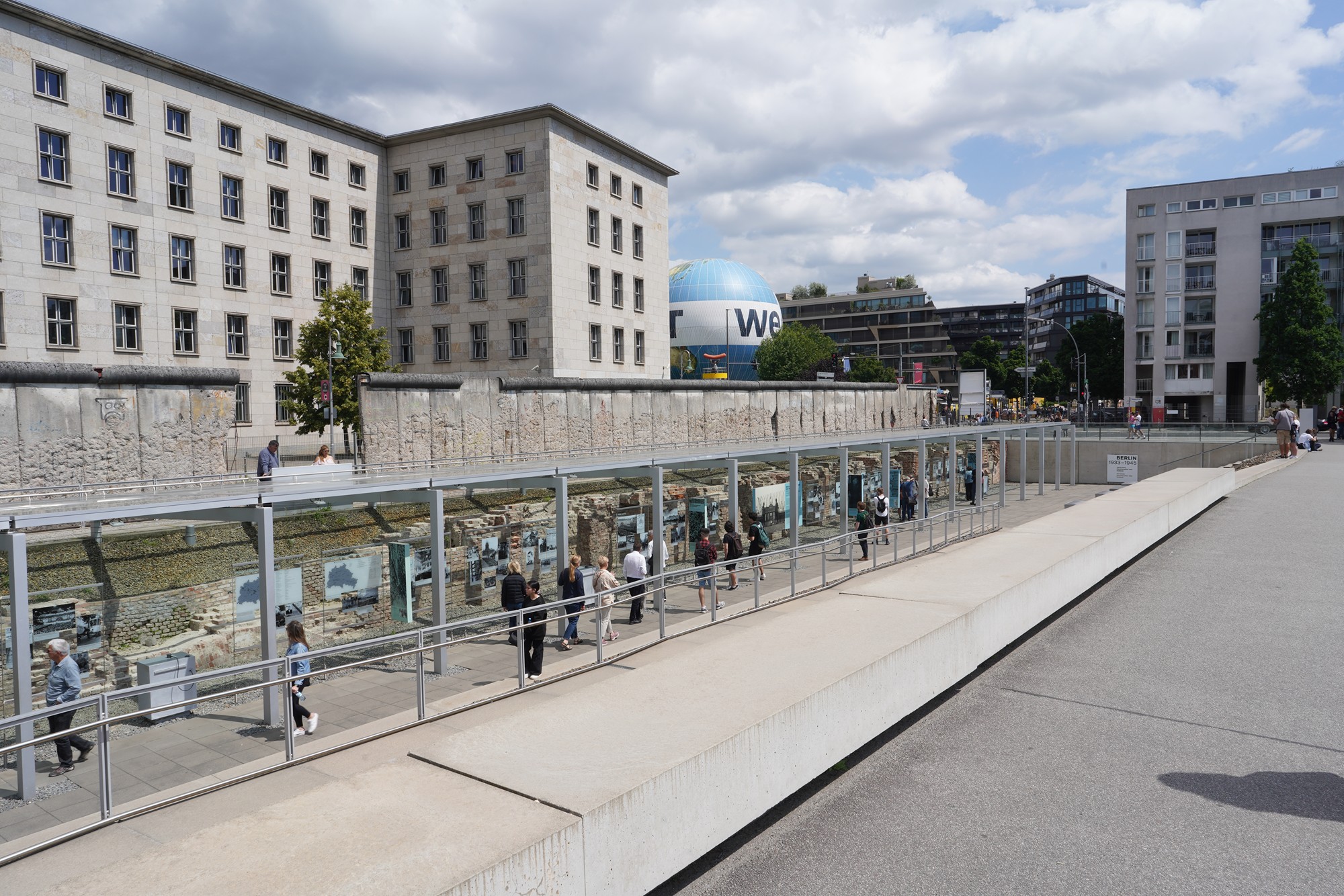

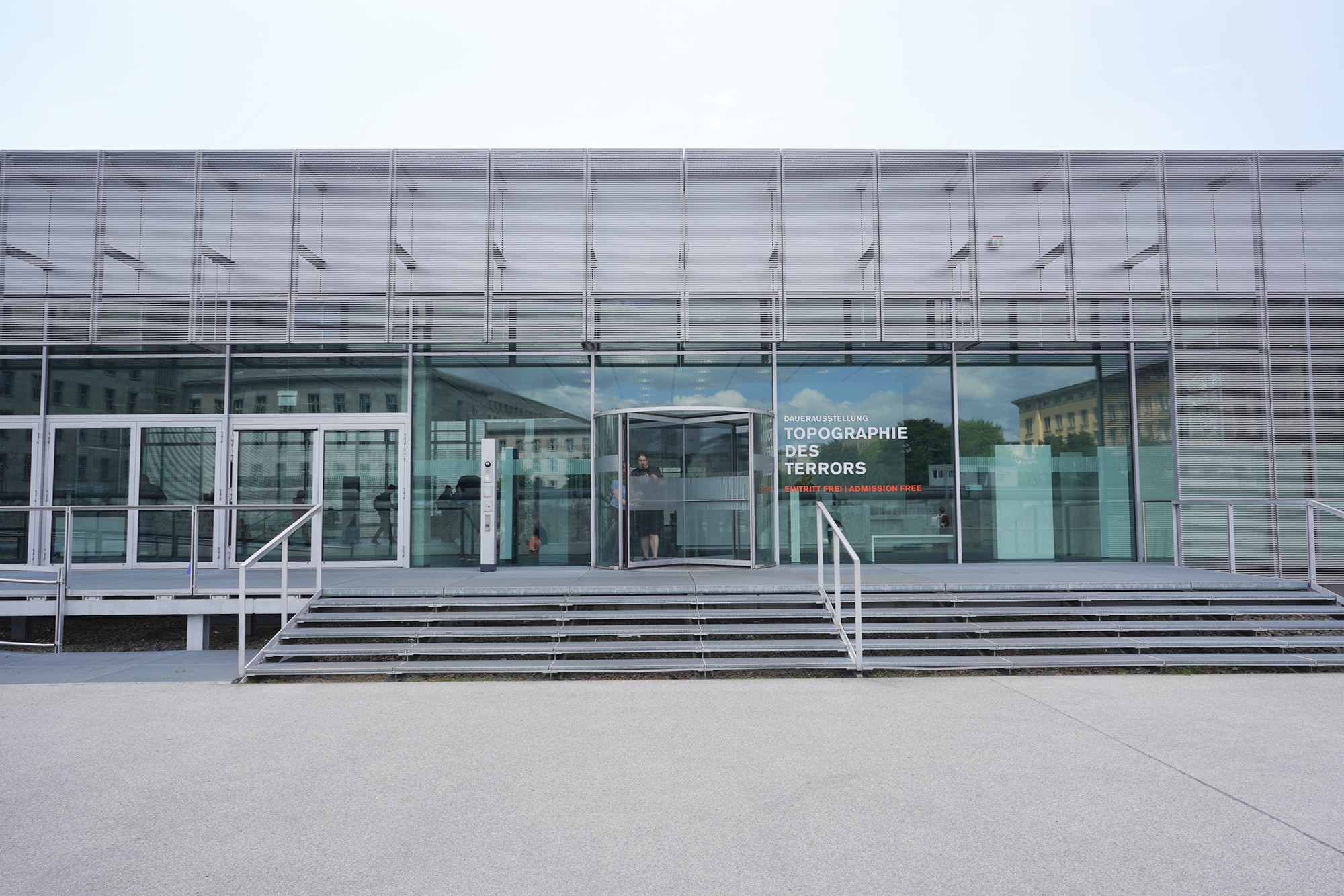
While the site is primarily a museum, it also serves as a memorial to the millions of people who suffered and perished as a result of Nazi terror. The somber atmosphere and historical artifacts invite reflection on the importance of remembering and learning from history.

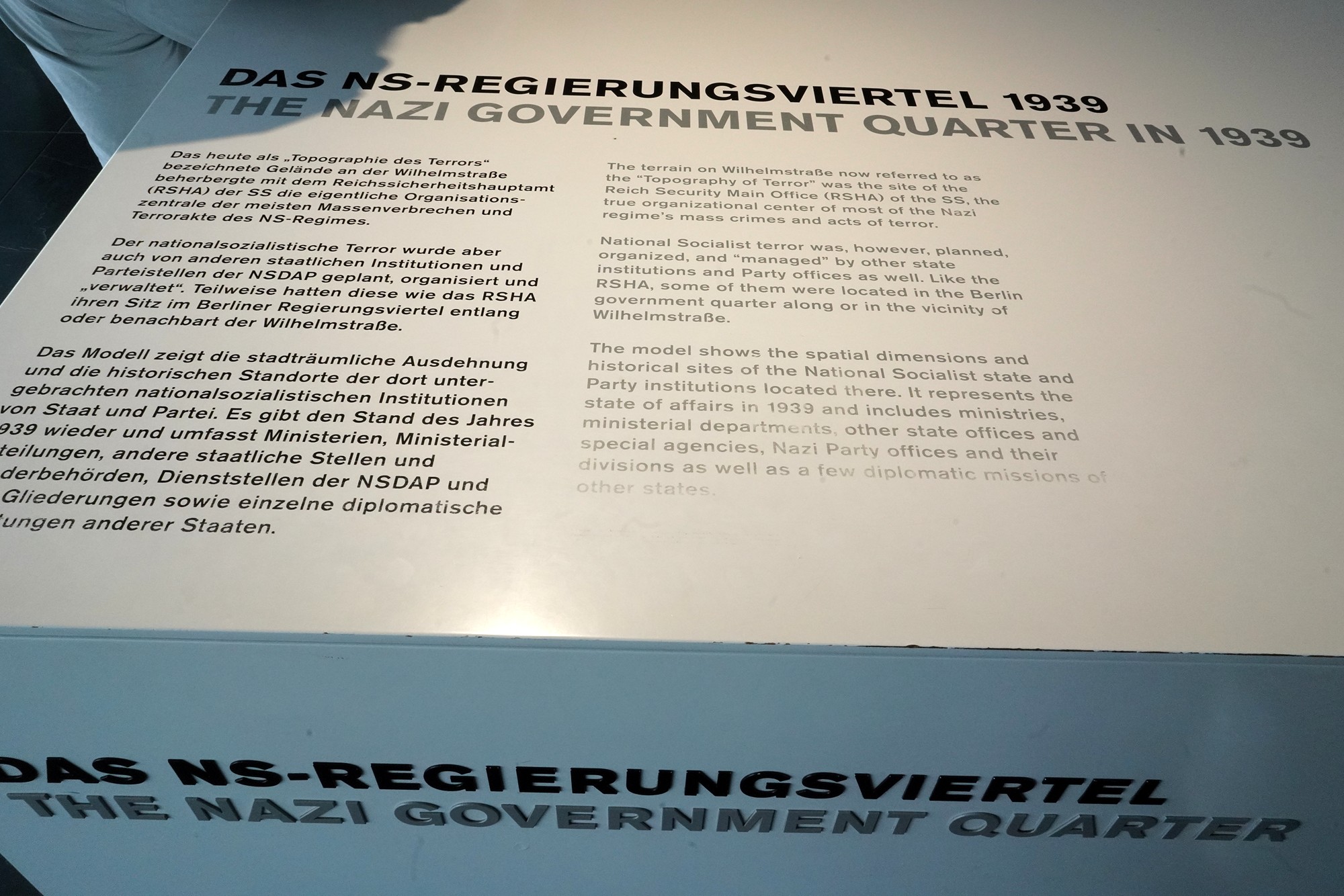
The model of the Nazi’s government buildings in Berlin.





The German history after World War I









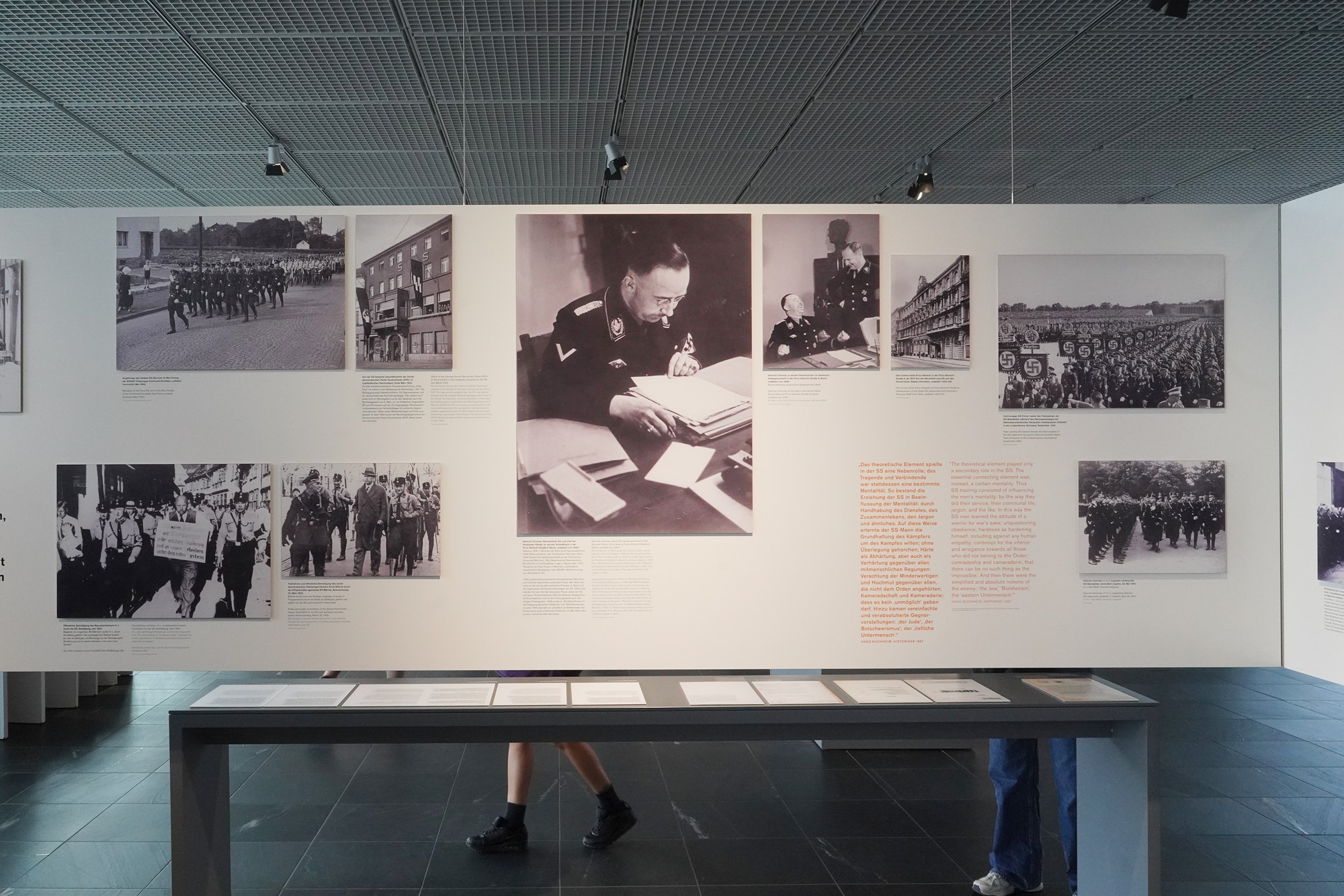









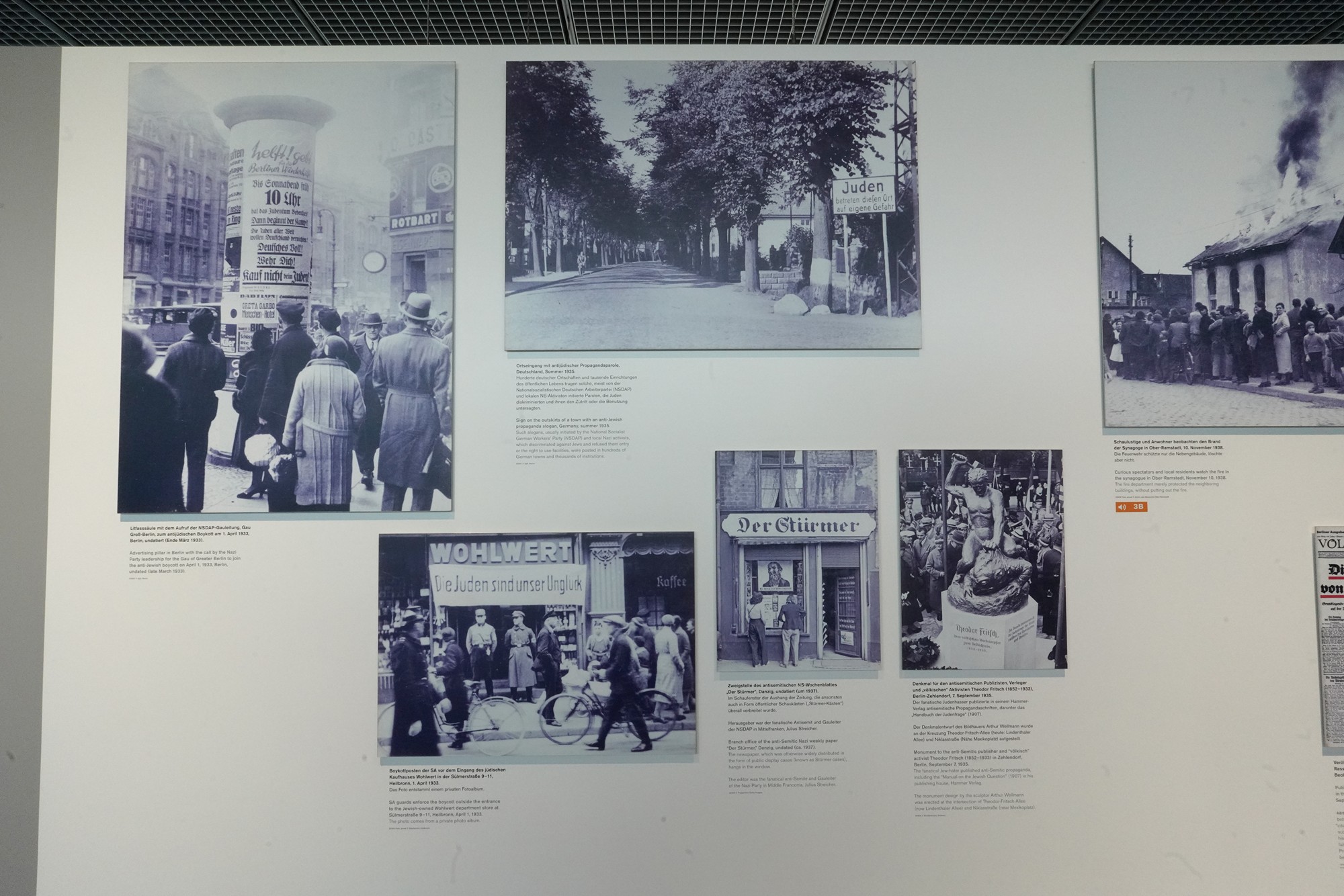





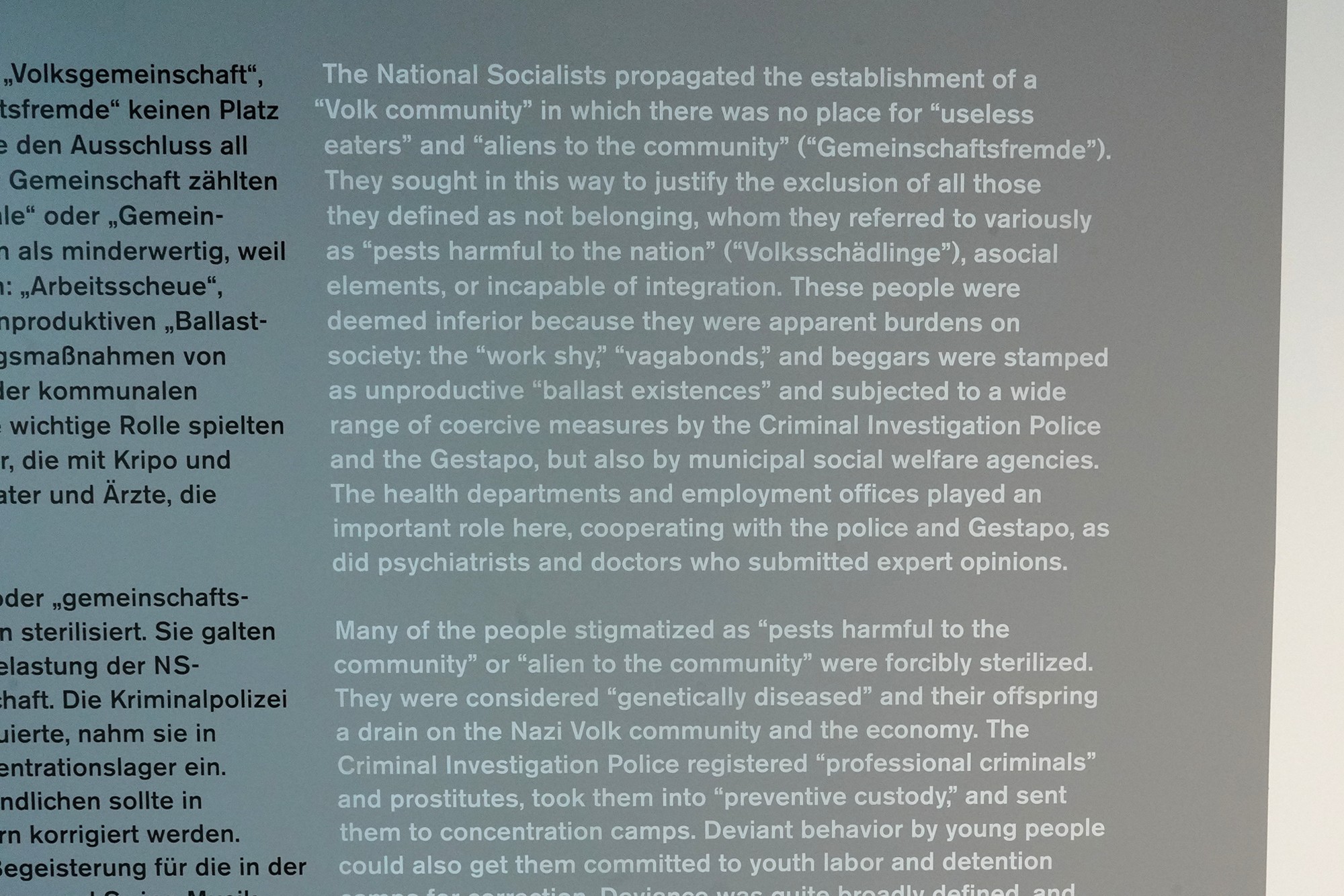


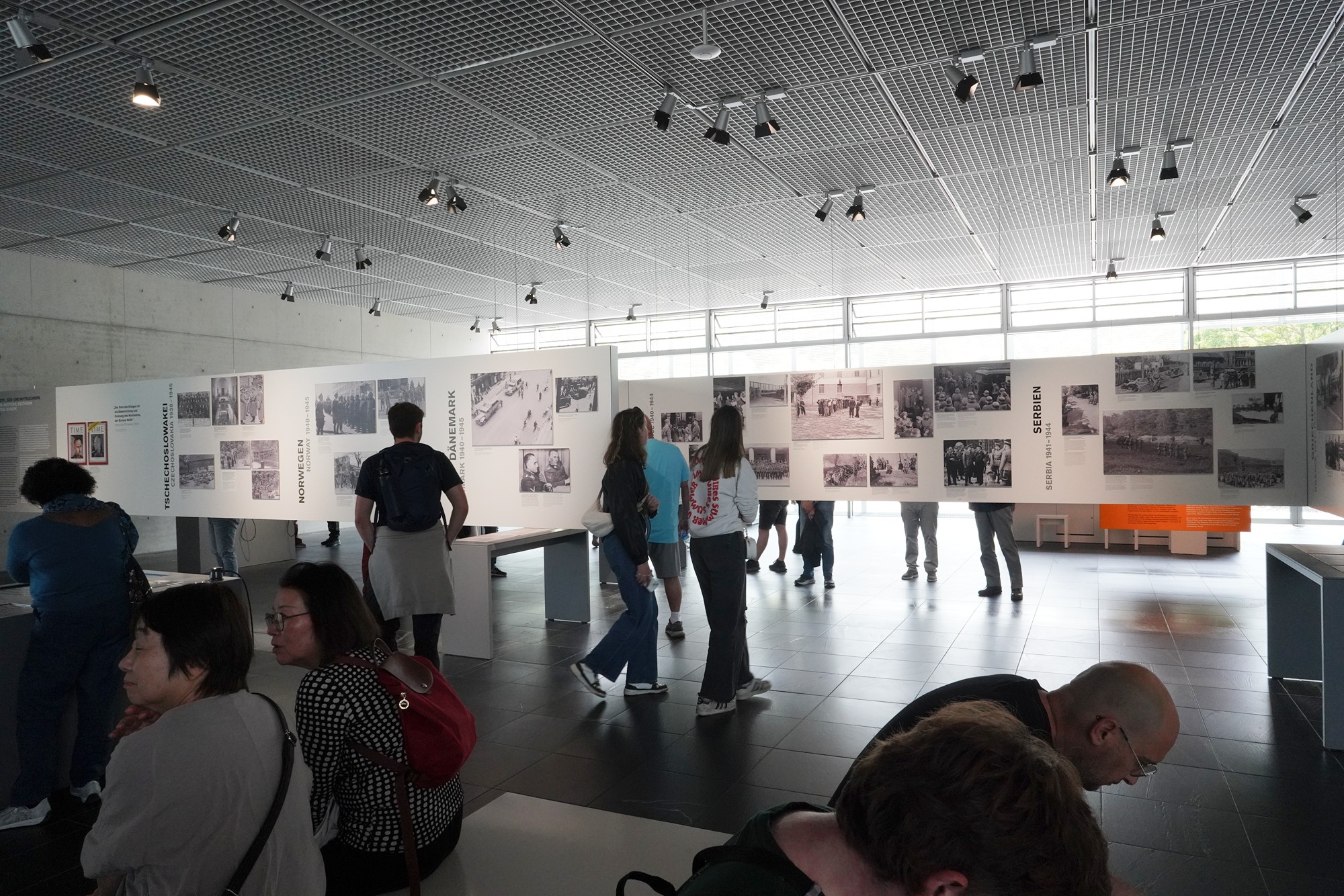

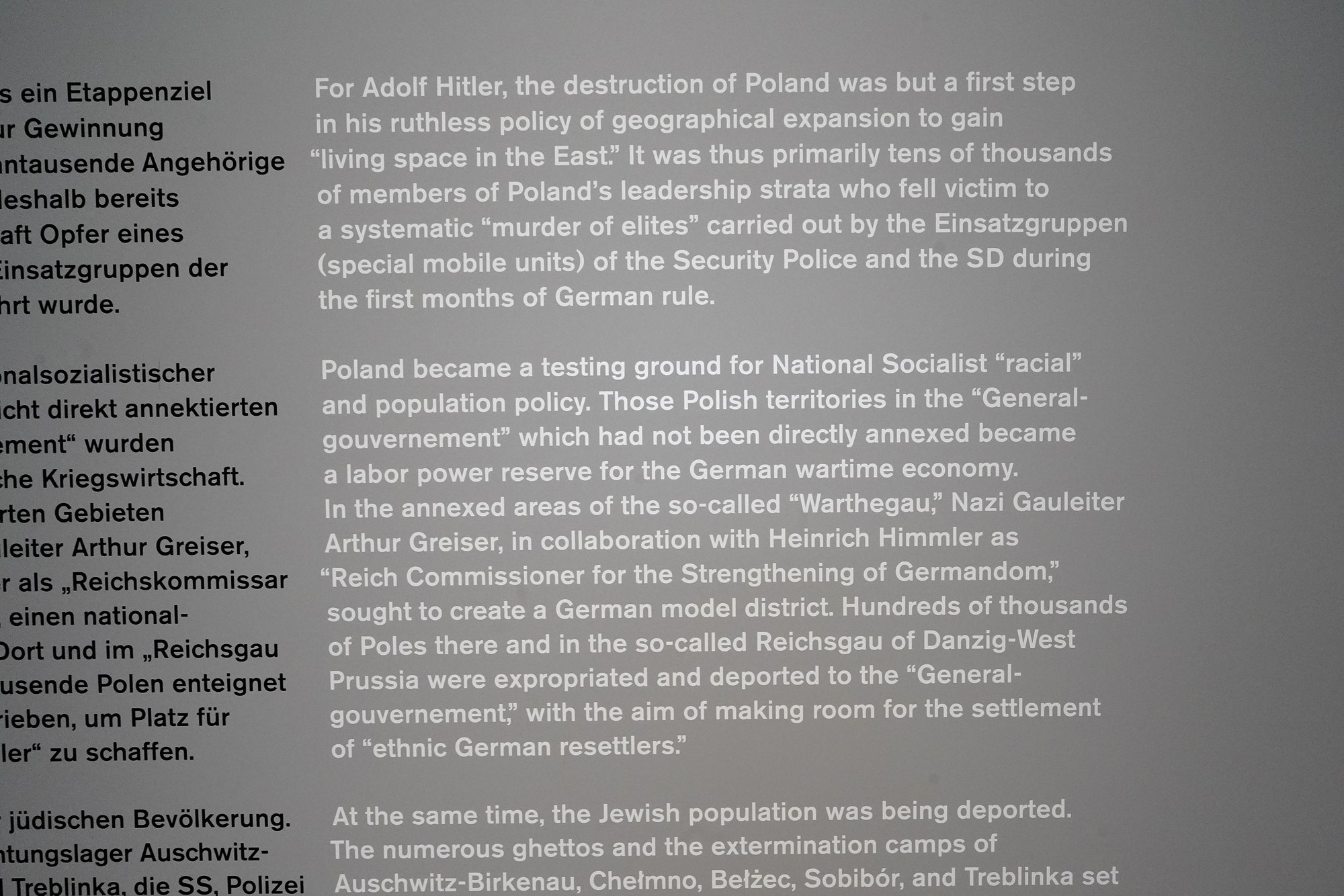
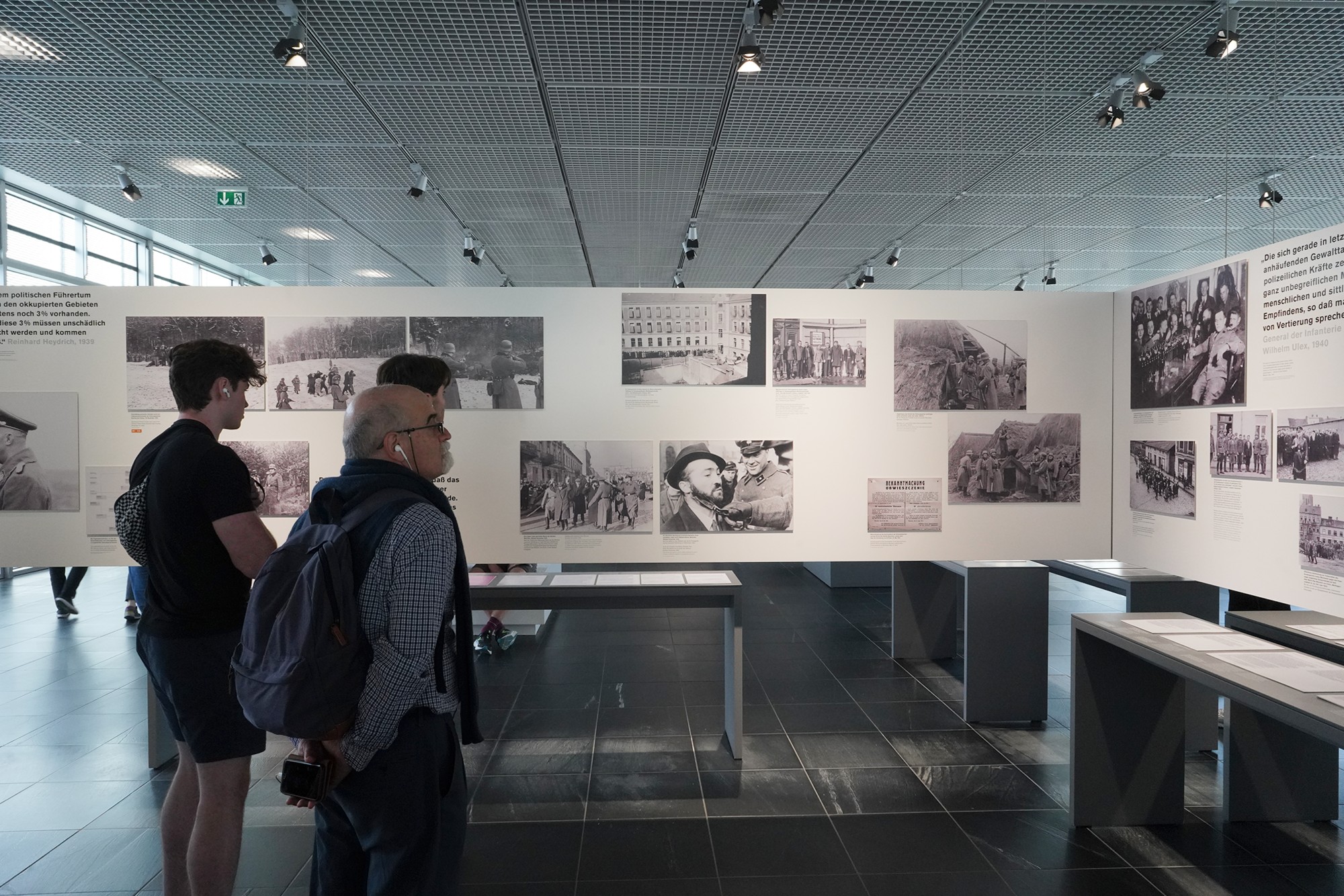












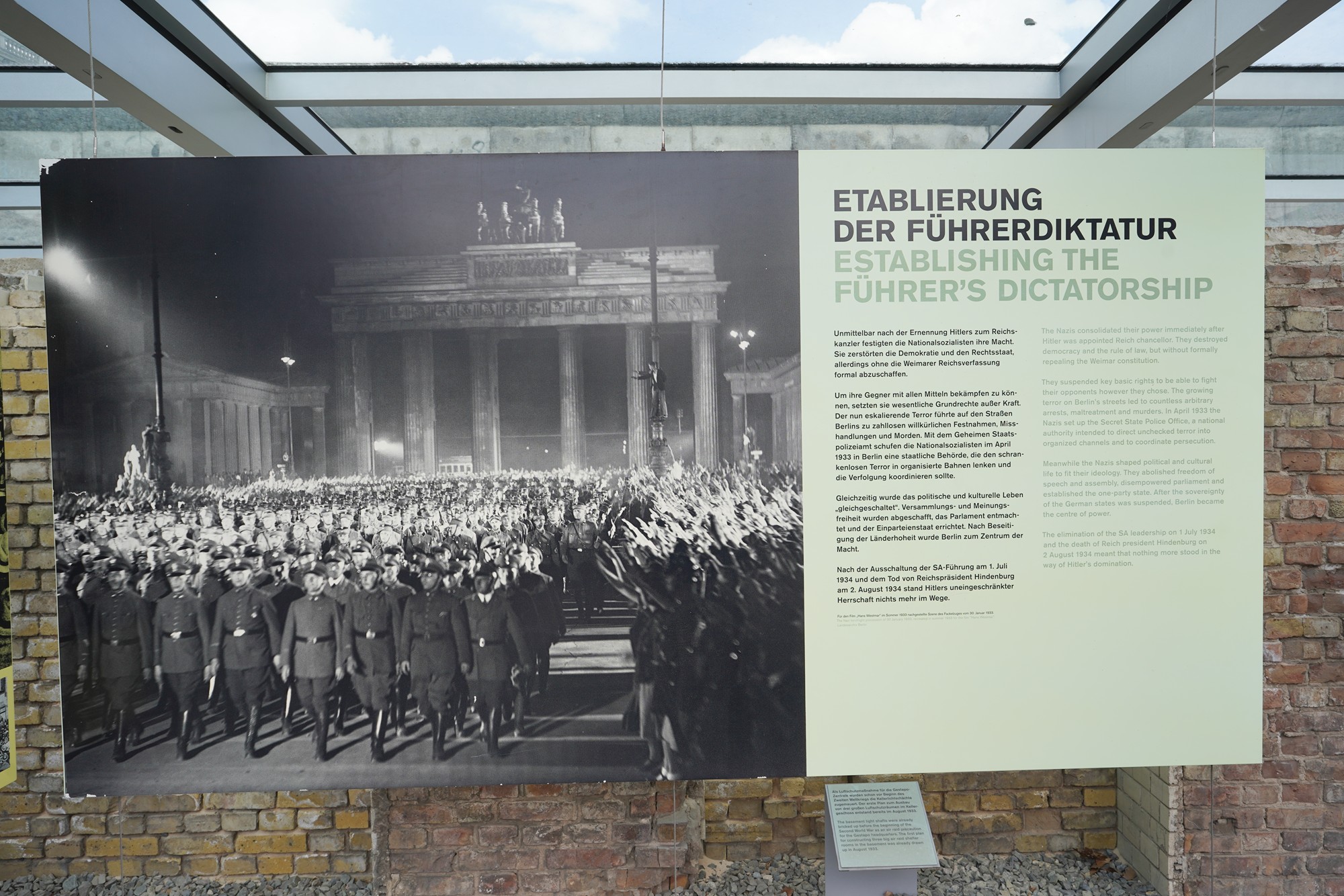
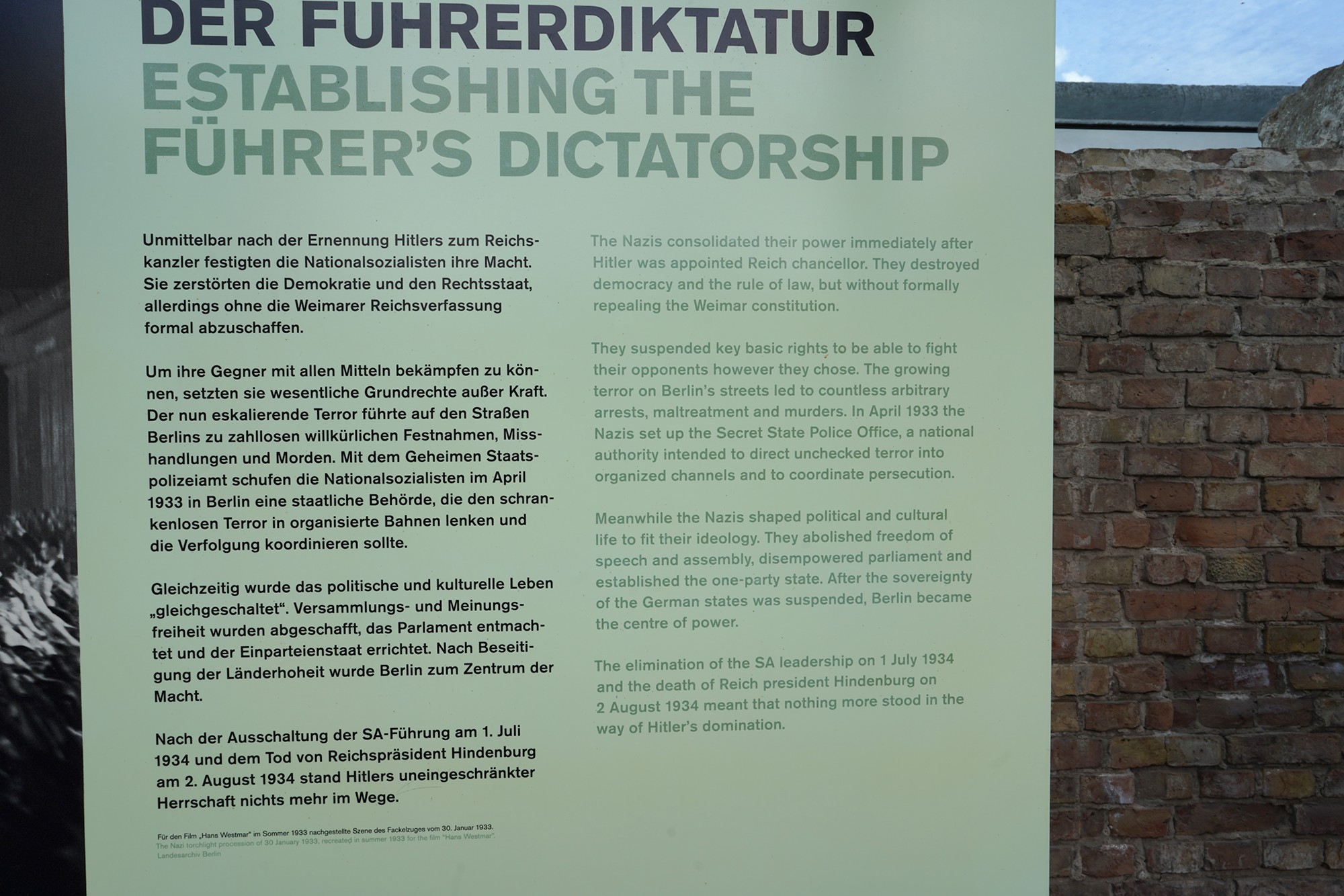




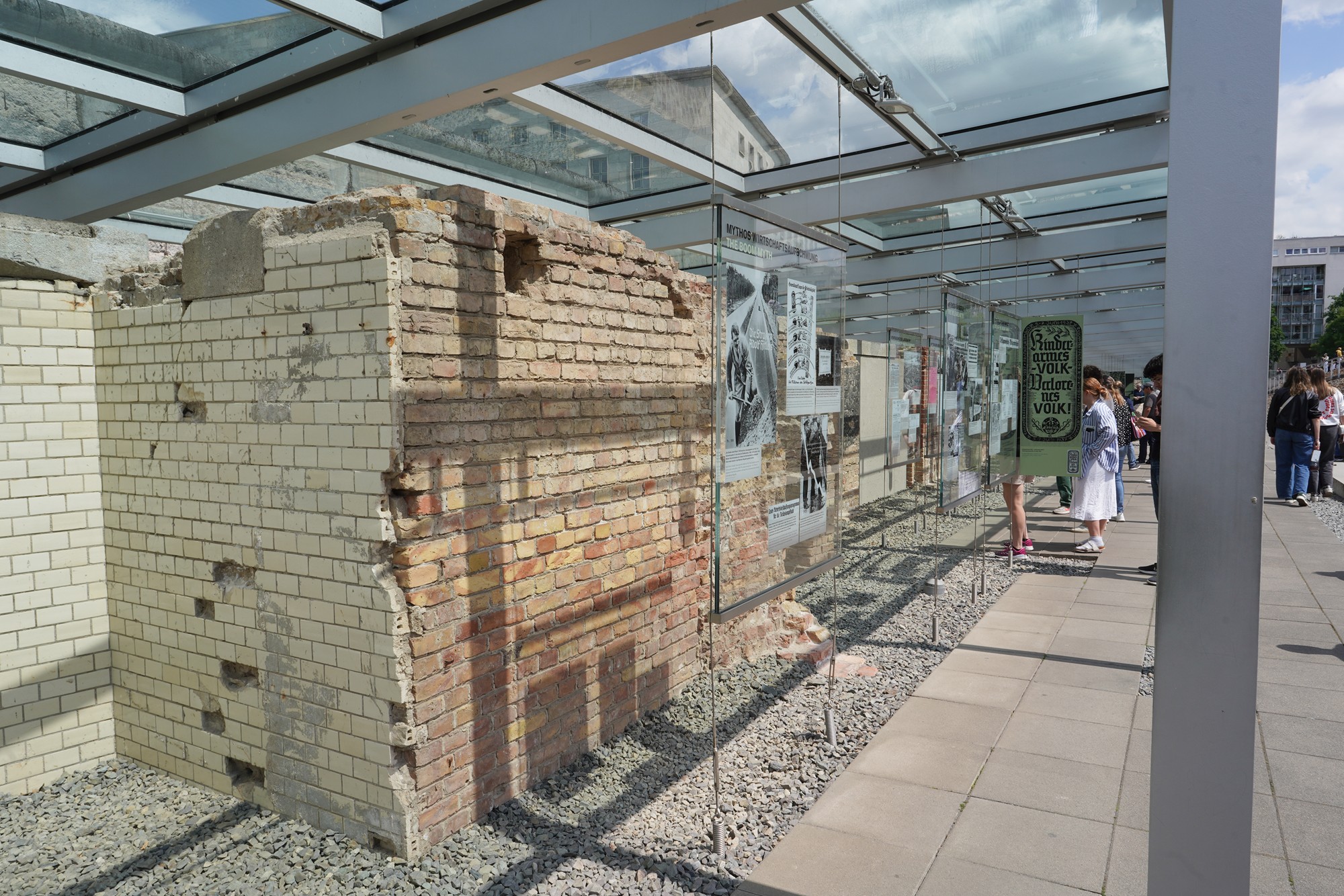




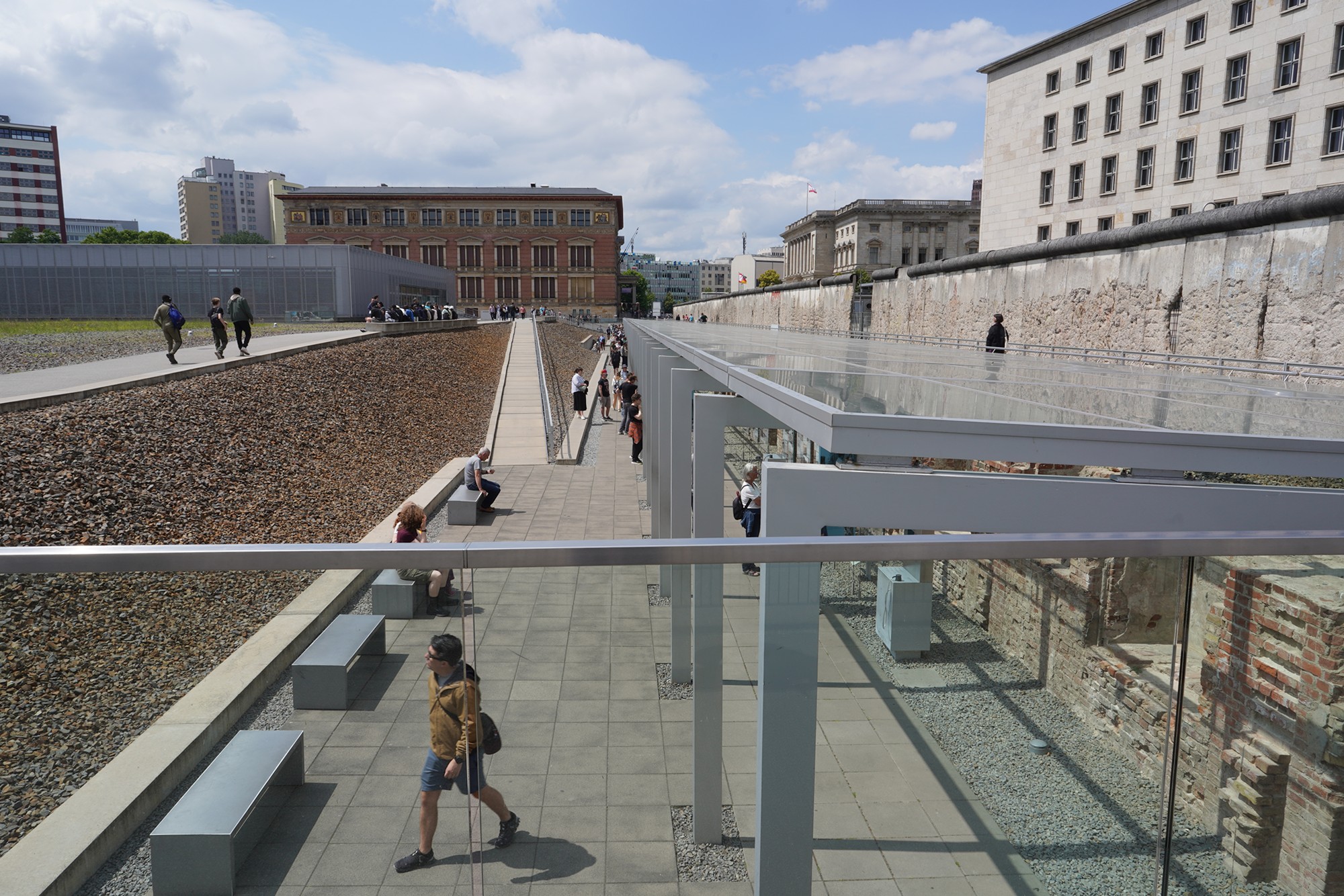
Remnant of the Berlin Wall




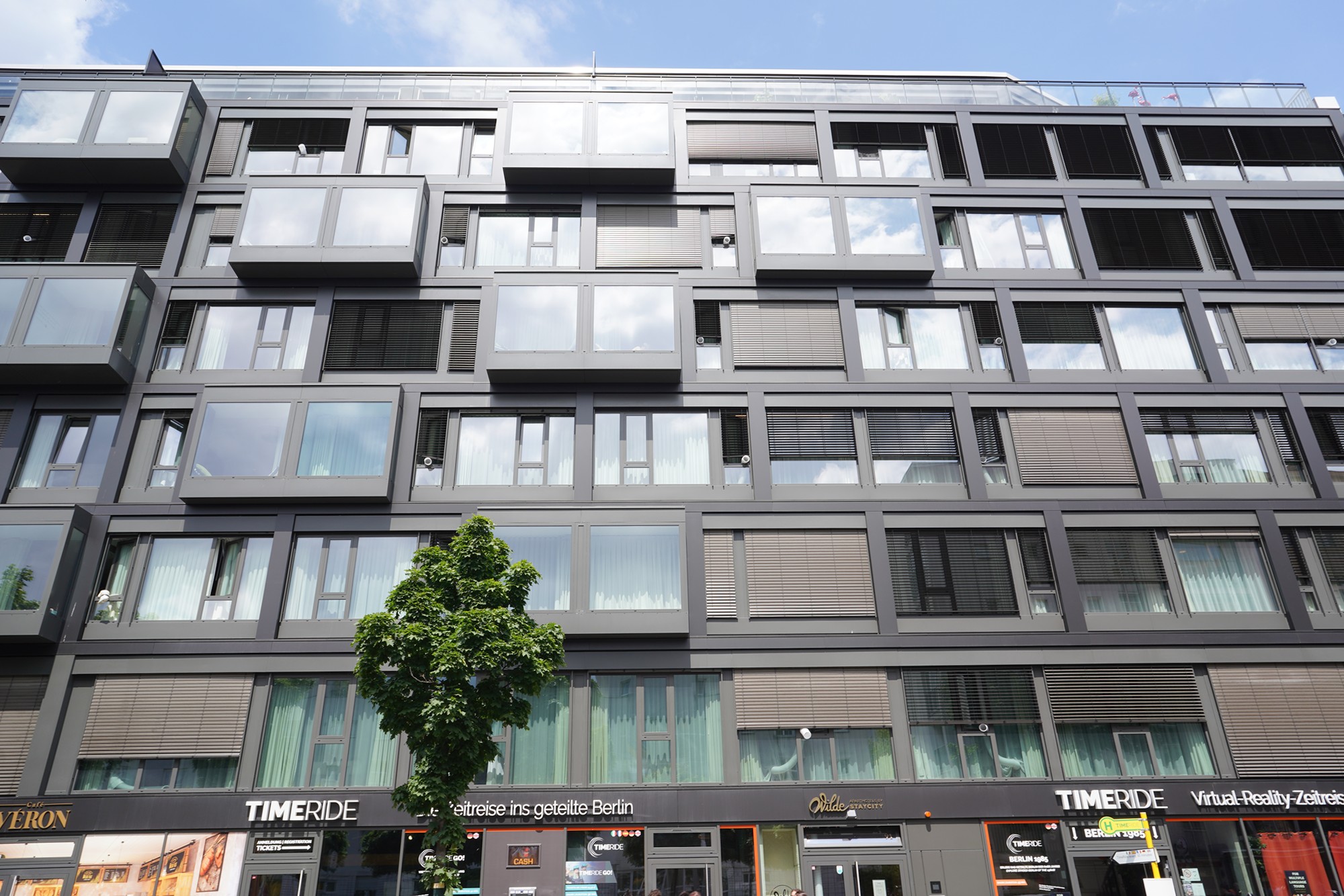

The Checkpoint Charlie
Checkpoint Charlie is one of the most famous Cold War landmarks in Berlin and a powerful symbol of the division between East and West Berlin during the period of the Berlin Wall (1961–1989). It was one of the main crossing points between East and West Berlin and remains an important historical site for visitors to learn about the era of the Iron Curtain and the tense geopolitical environment of the Cold War.

Checkpoint Charlie was one of the few official crossing points for foreigners and diplomats between East Berlin (controlled by the Soviet Union) and West Berlin (controlled by the United States, Britain, and France). It became operational in 1961, shortly after the construction of the Berlin Wall.

The crossing point was heavily guarded and symbolized the deep divide between the communist East and capitalist West during the Cold War. It became a site of intense stand-offs, most notably in October 1961, when U.S. and Soviet tanks faced off in a confrontation that nearly escalated into a full-blown conflict.

The back side.
While the original guardhouse at Checkpoint Charlie was removed after Germany’s reunification in 1990, a replica has been installed at the historic site. The area is now a popular tourist spot where visitors can see actors dressed as border guards and the checkpoint’s famous signage, which reads, “YOU ARE LEAVING THE AMERICAN SECTOR.”



On the way to the Jewish Museum Berlin


The Jewish Museum Berlin (Jüdisches Museum Berlin) is one of the most important cultural institutions in Germany, dedicated to exploring the history, culture, and experiences of Jews in Germany and throughout Europe. Opened in 2001, it is renowned for its striking architecture, extensive exhibitions, and its role in fostering dialogue about Jewish life, the Holocaust, and Jewish contributions to European culture.

The museum’s modern extension, designed by architect Daniel Libeskind, is one of its most iconic features. The building’s jagged, zigzag form, known as the “Lightning Bolt” or “Zick-Zack,” is symbolic, with its angular structure and voids representing the ruptures and dislocations in Jewish life caused by the Holocaust and other historical events.

The architectural design is highly symbolic and experiential, intended to evoke feelings of disorientation, loss, and reflection. The “Voids” (empty, inaccessible spaces) throughout the building are central to the visitor experience and serve as powerful metaphors for absence and destruction.









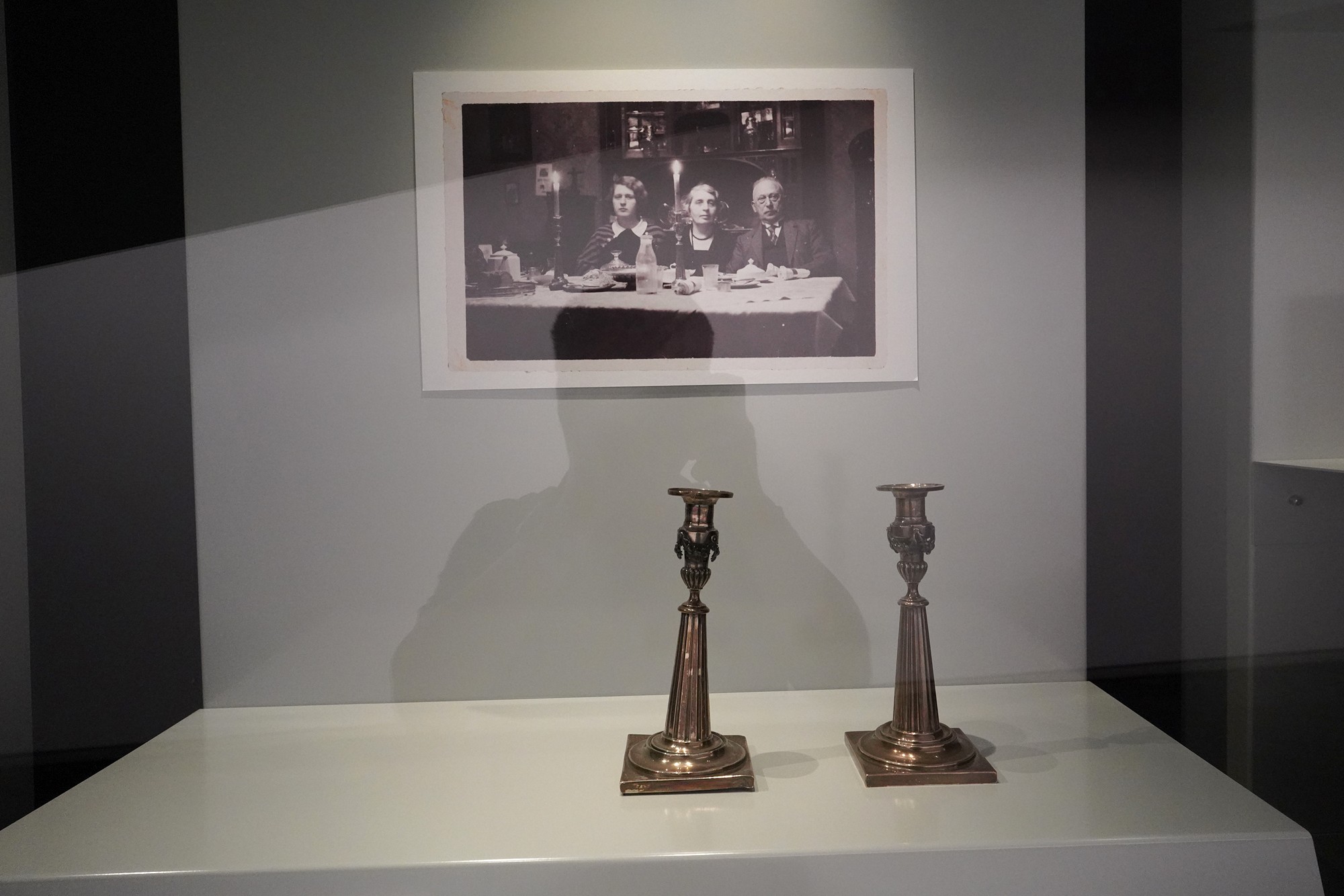














The “Garden of Exile”
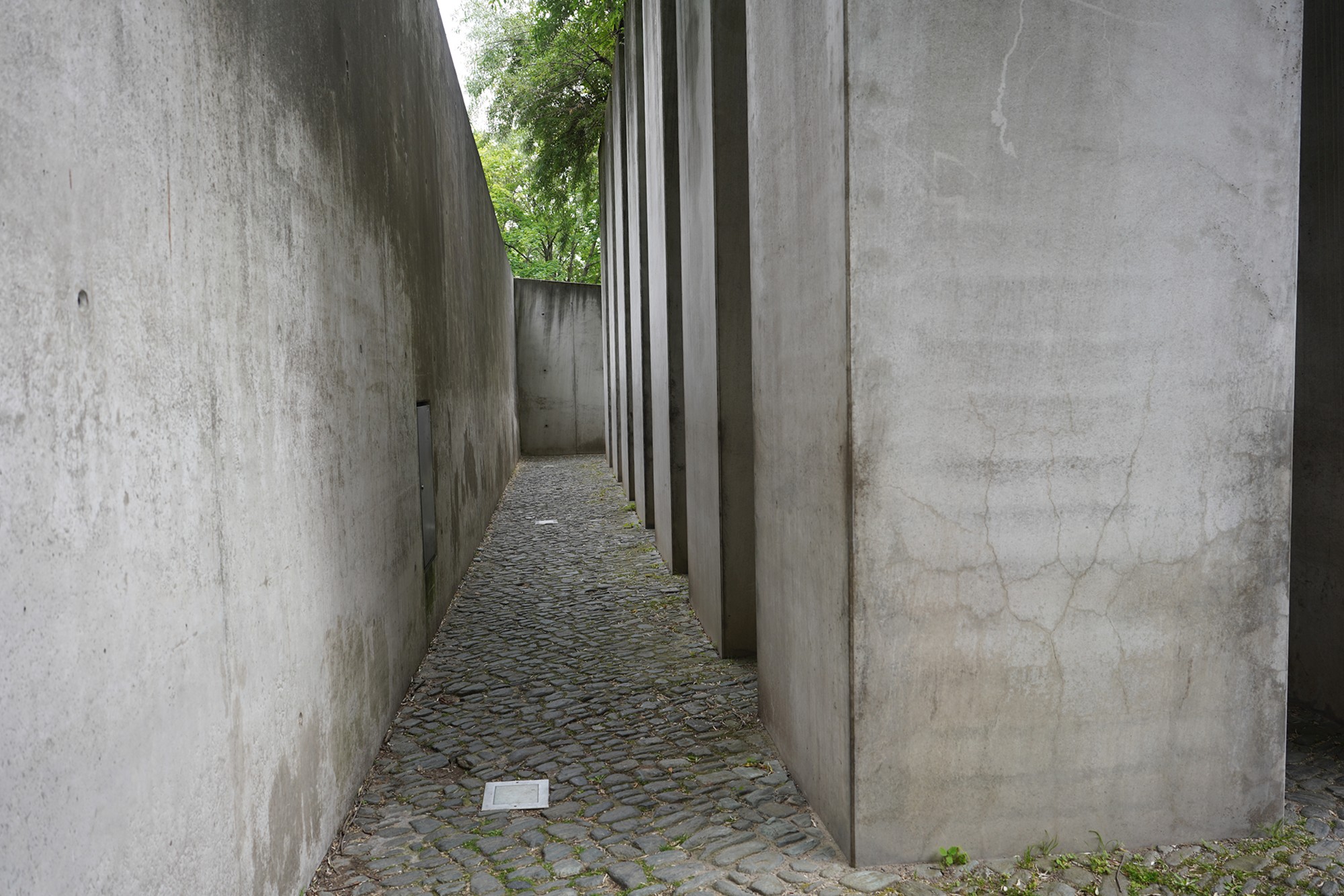



I walked up the stairs to the top floor, where more exhibitions were located.


The Memory Void and the Shalekhet (Fallen Leaves) installation, created by Israeli artist Menashe Kadishman, feature thousands of iron faces on the floor that visitors walk on. This symbolic artwork represents the faceless victims of war and persecution, creating a haunting experience.




The core of the museum is the permanent exhibition that traces over 1,700 years of Jewish history in Germany. It covers a wide range of topics, including Jewish religion, culture, social life, persecution, and resilience.

The exhibition is divided into different thematic sections, presenting Jewish life in medieval times, the Jewish Enlightenment (Haskalah), Jewish contributions to art, science, and culture, as well as the impact of World War II, the Holocaust, and post-war Jewish life in Germany.


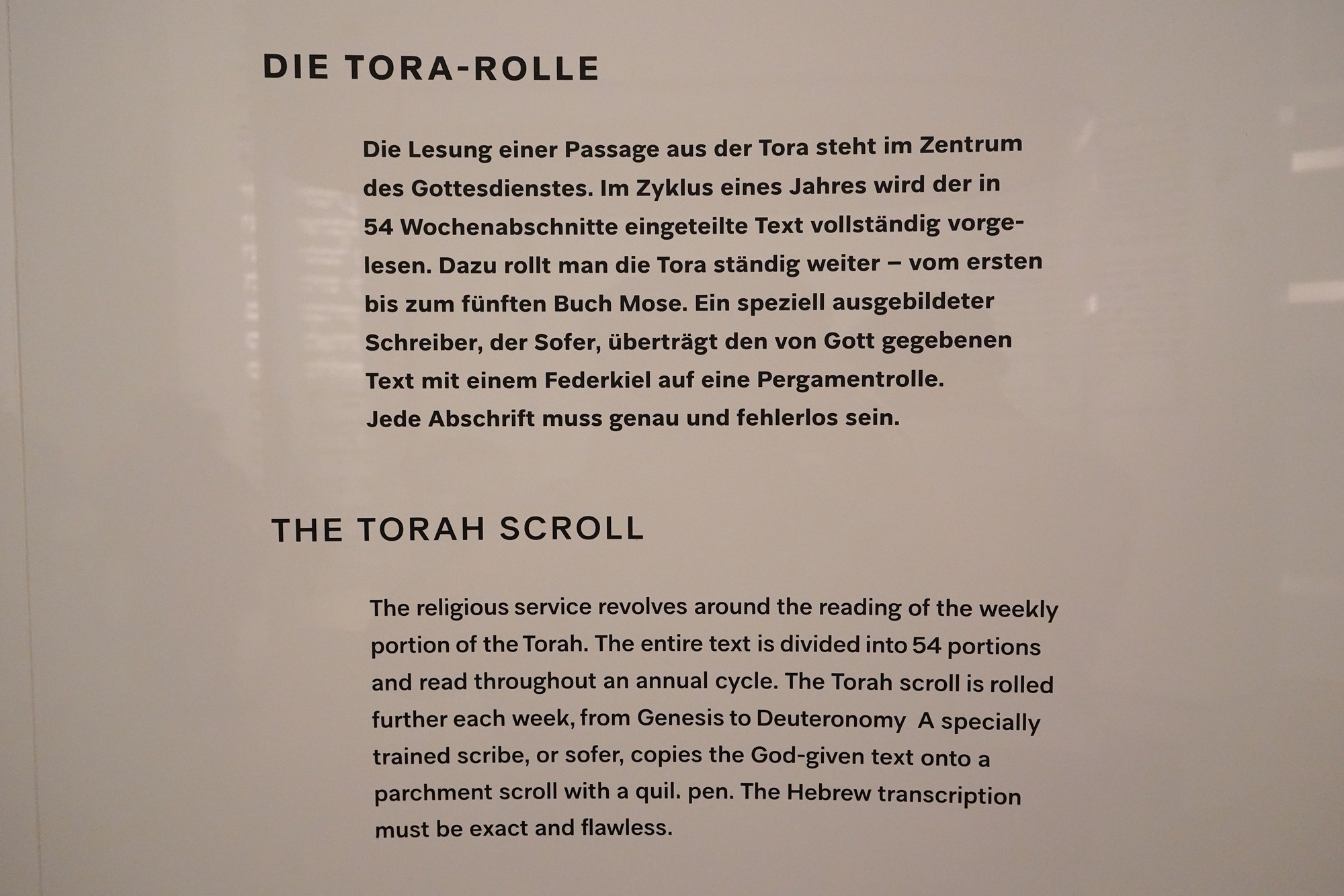



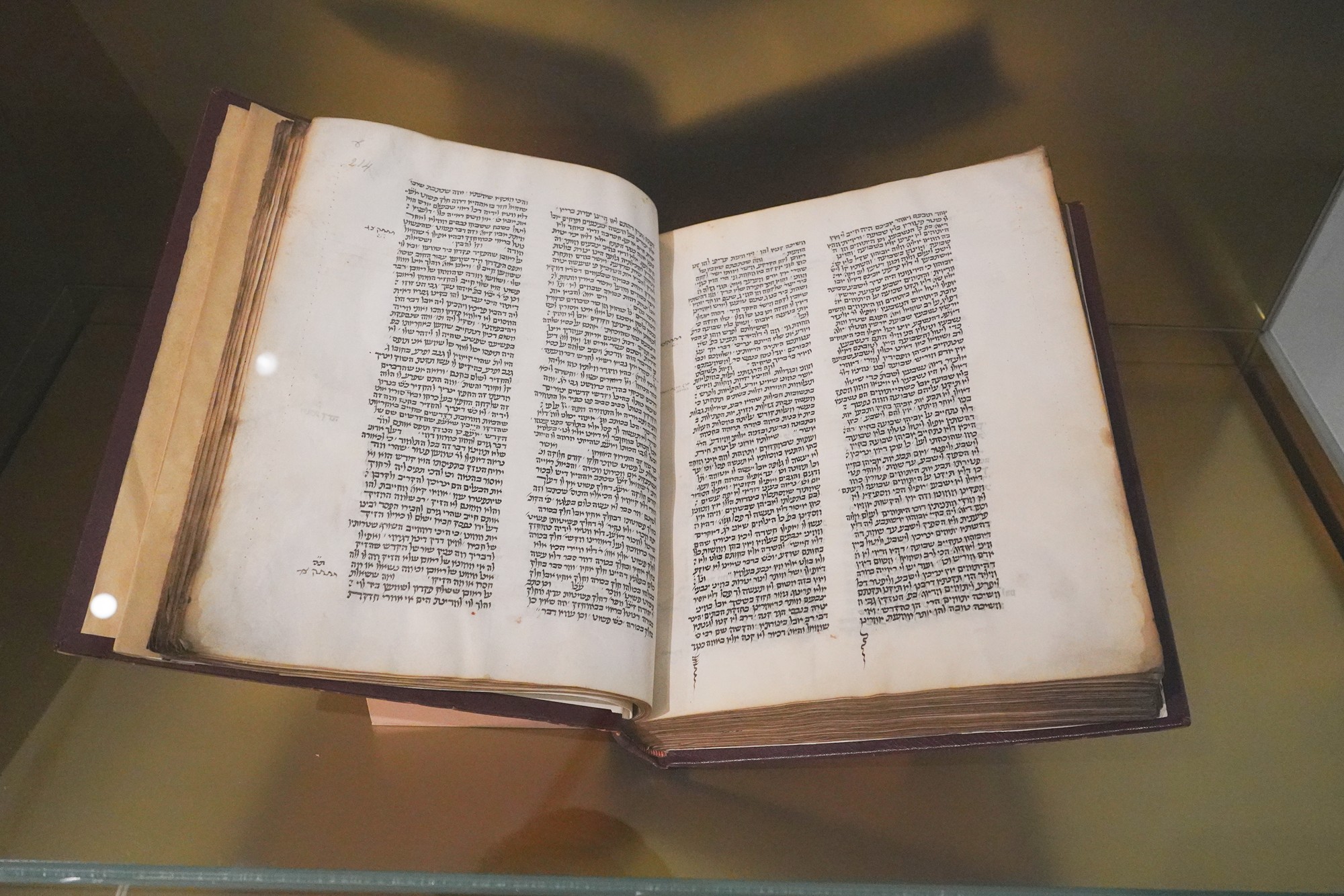
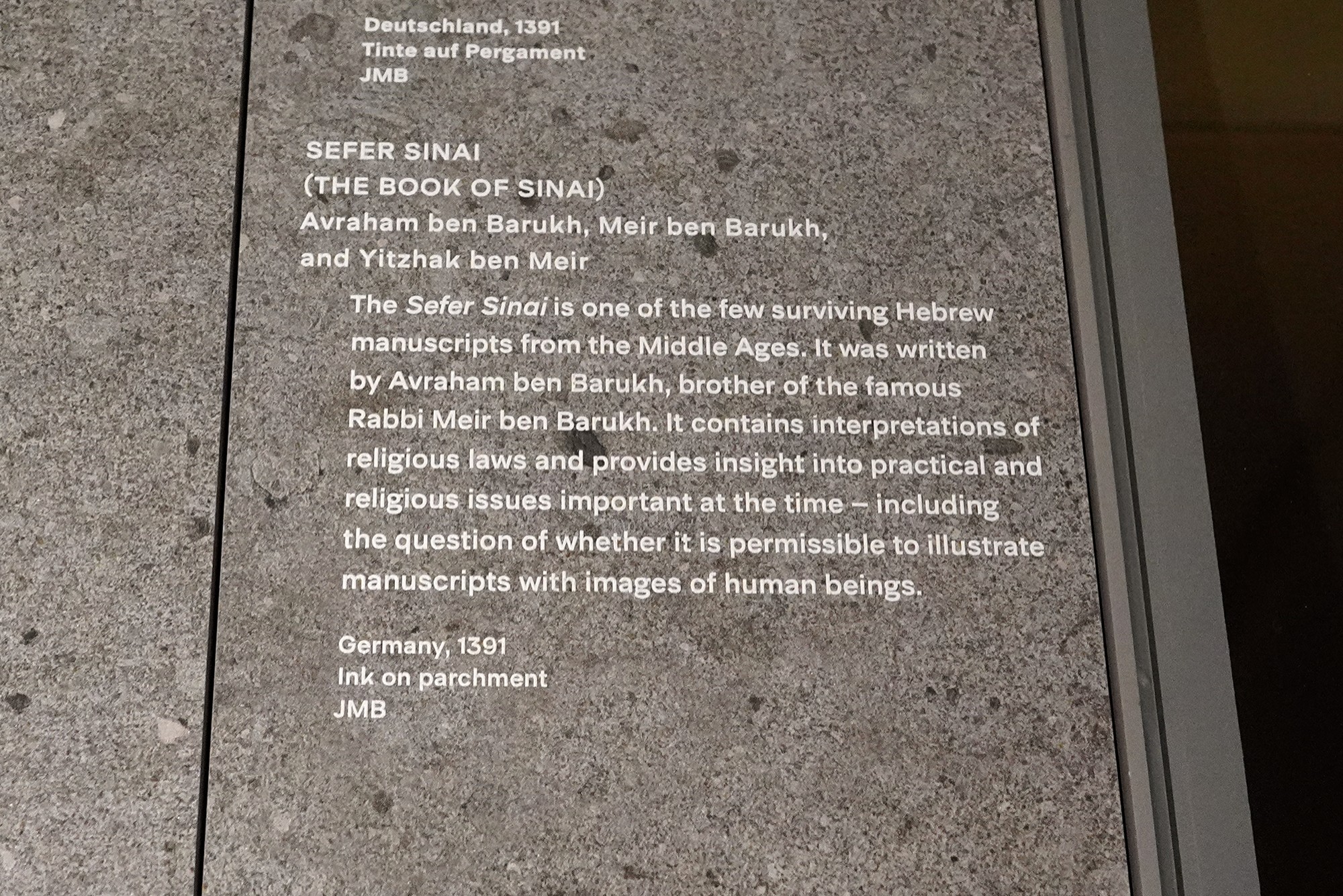


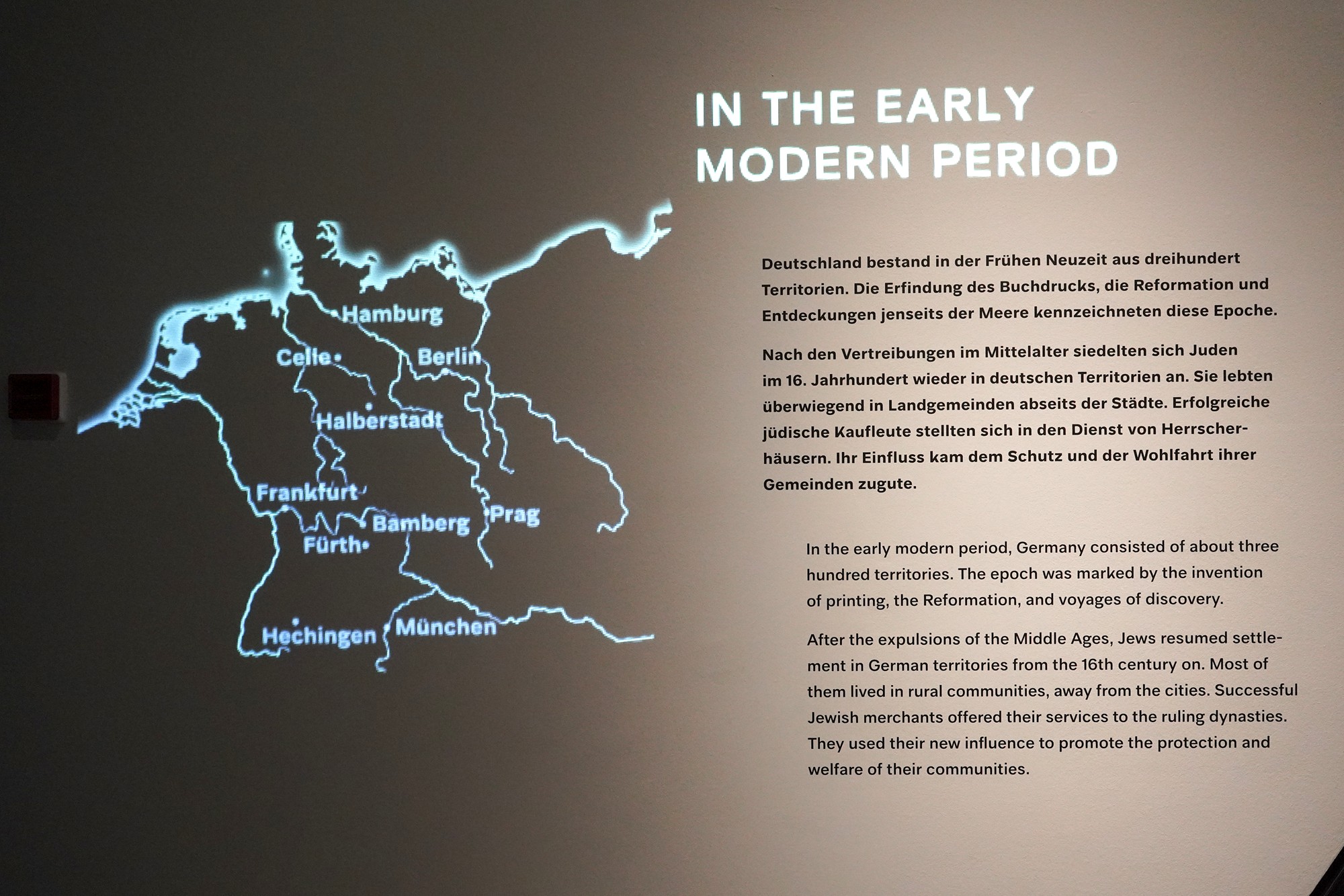

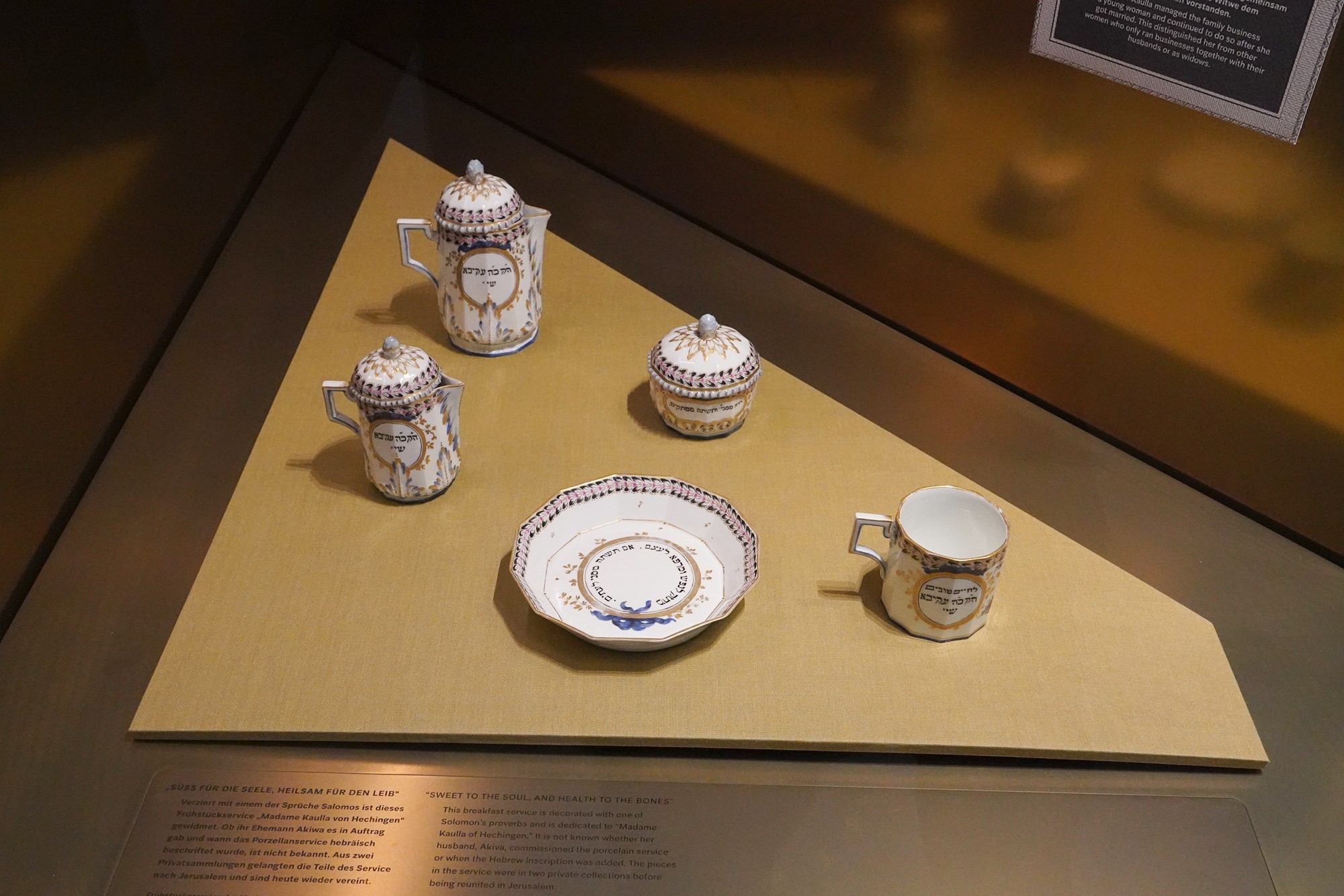

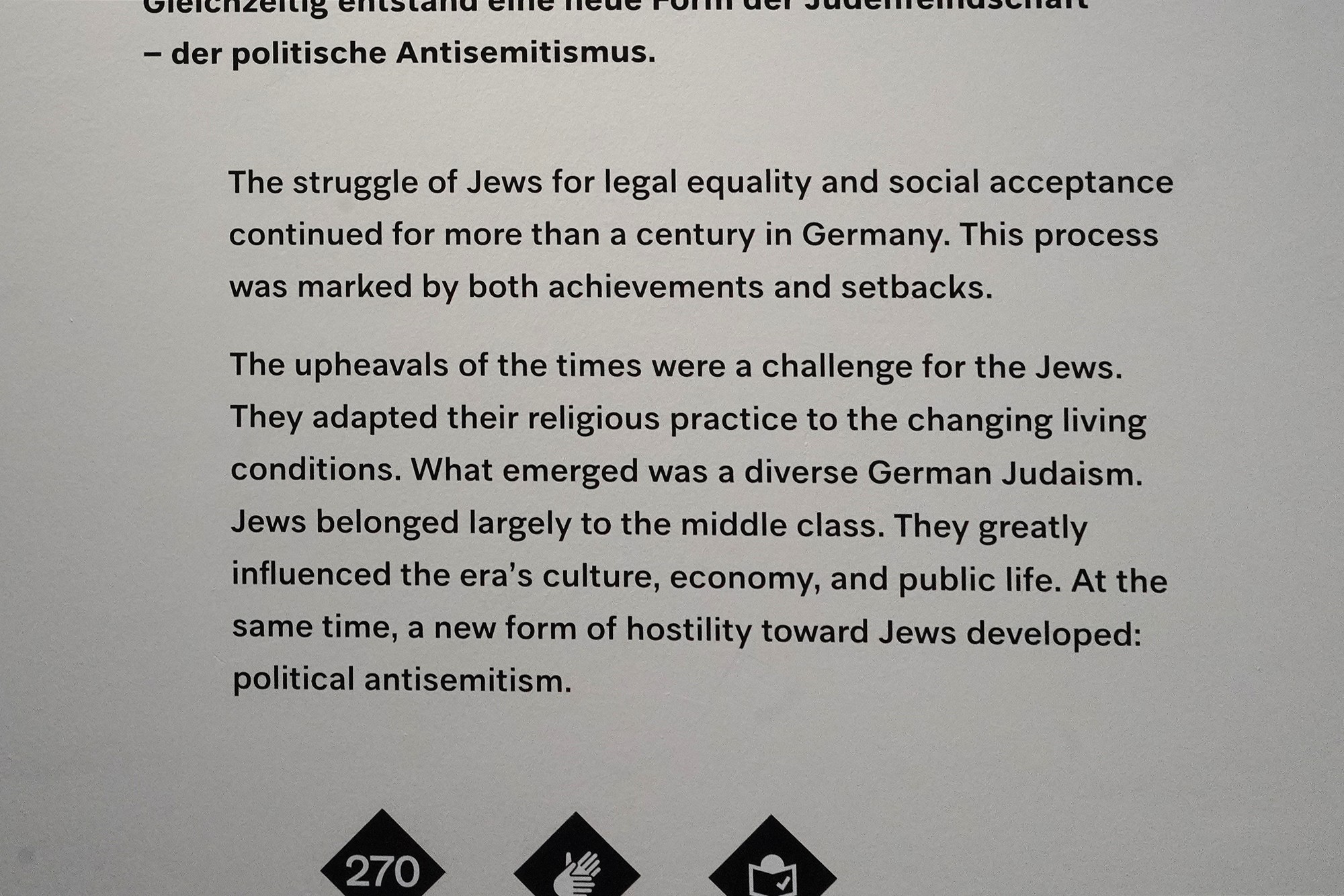




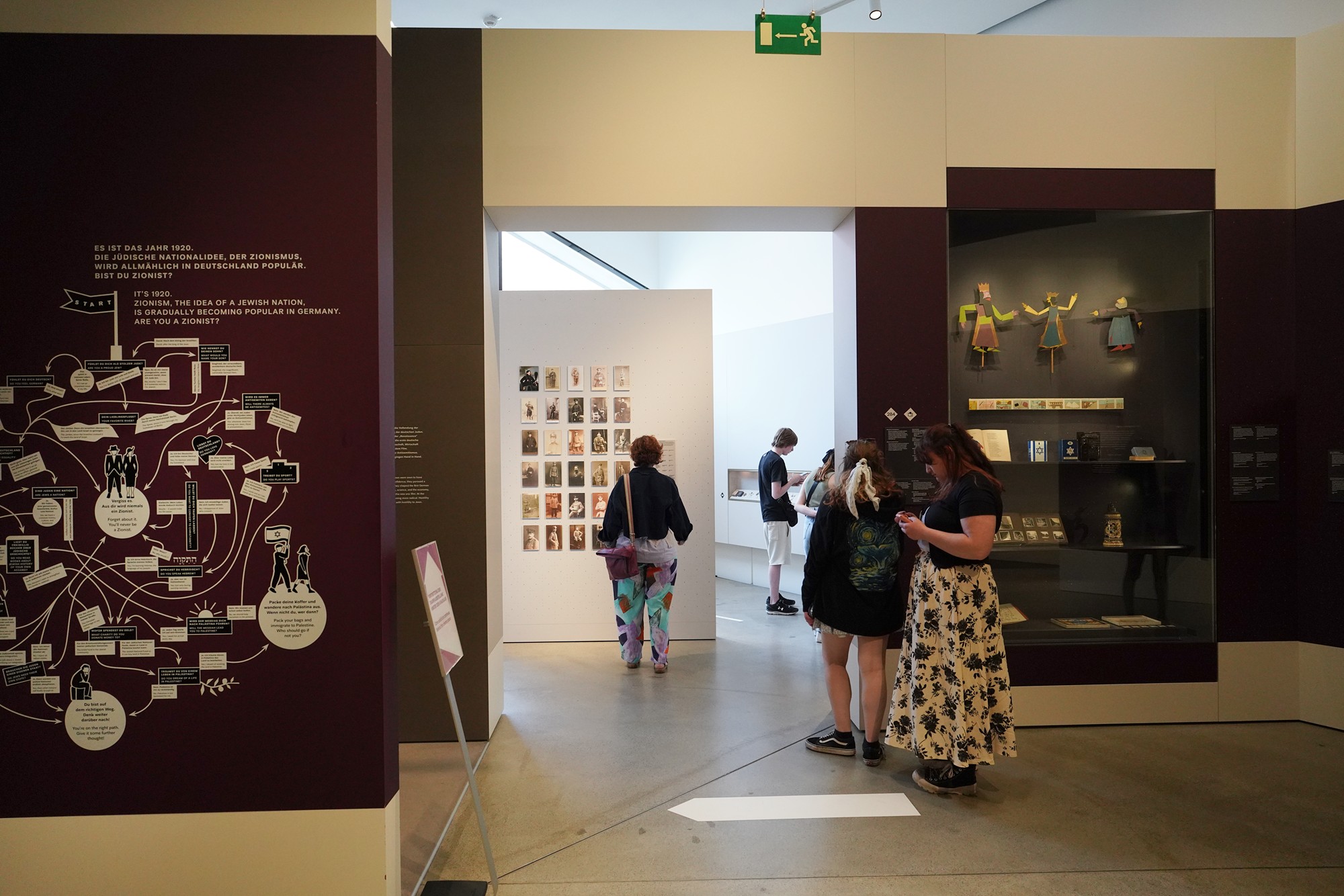
To downstairs







World War II and Nazis

















